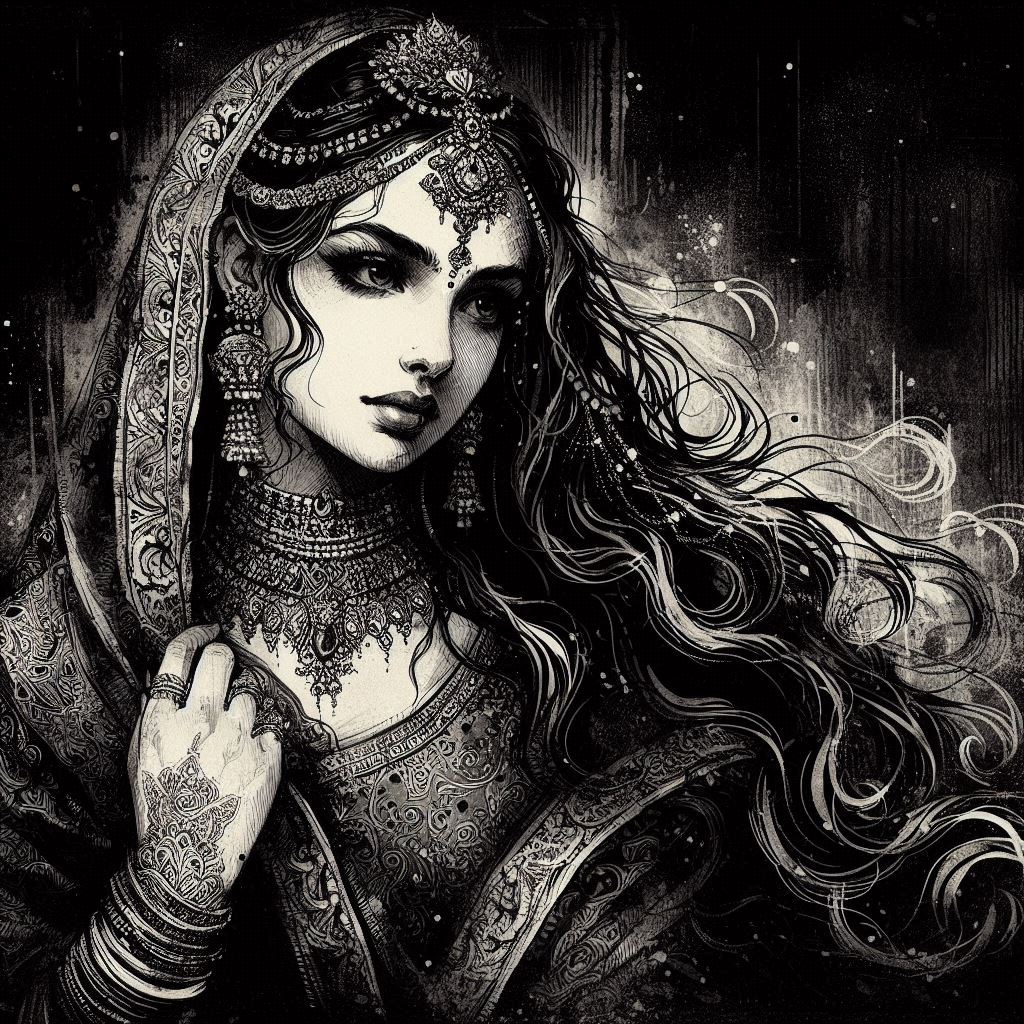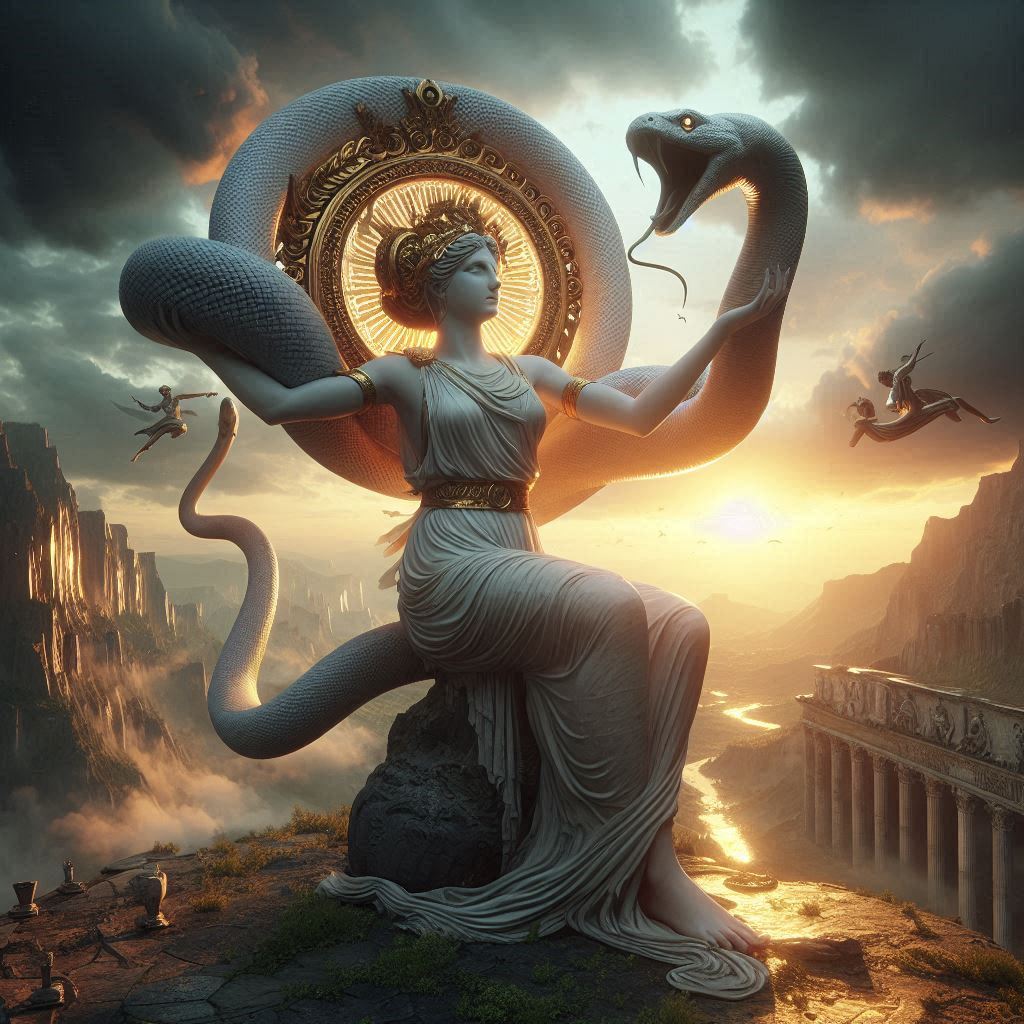Table of Contents
The Eternal Garden of Hafez: Mysticism, Love, and Rebellion in Persian Poetry
Hafez (1315–1390), born Khwāja Shams-ud-Dīn Muhammad Hāfez-e Shīrāzī, stands as one of the greatest lyric poets in world literature. His Divan, a collection of over 500 ghazals, remains a cornerstone of Persian culture, studied for its linguistic beauty, spiritual depth, and philosophical richness. Unlike many classical poets, Hafez transcends time—his verses are still recited in Persian homes, analyzed by scholars, and admired by global readers. This essay explores Hafez’s life, the major themes in his poetry, his unique literary techniques, and his enduring influence across cultures.

1. Historical and Biographical Context
1.1 Life in Medieval Shiraz
Hafez lived during a turbulent period in Persian history, under the Injuid and Muzaffarid dynasties, marked by political instability and strict religious orthodoxy. Despite this, Shiraz was a cultural hub, fostering art, Sufism, and intellectual discourse. Hafez received a classical education in theology, literature, and Arabic, which deeply influenced his poetry.
1.2 The Legend of Hafez’s Name
The name Hafez (حافظ) means “memorizer,” referring to his mastery of the Quran—a feat he achieved at a young age. Legend says he recited the Quran in 14 different readings (qira’at), earning him the title Hafez. This spiritual foundation permeates his poetry, blending Quranic allusions with Sufi mysticism.
1.3 Mysterious Later Years
Unlike other poets who served courts, Hafez’s relationship with power was ambivalent. He occasionally wrote panegyrics but was also exiled for his critiques of rulers. His tomb in Shiraz, the Hafezieh, remains a pilgrimage site, reflecting his lasting reverence.
2. Major Themes in Hafez’s Poetry
2.1 Divine Love and Sufi Mysticism
Hafez’s poetry is steeped in Sufi tradition, where earthly love symbolizes union with the Divine. His verses often depict:
- The Beloved (God): Described as a beautiful but elusive figure.
- Wine and Intoxication: Representing spiritual ecstasy and abandonment of ego.
- The Tavern: A metaphor for the Sufi lodge, where seekers transcend dogma.
“I am a slave of the Master of the Tavern, My heart is a glass—He fills it with wine.”
Unlike Rumi, who explicitly preached Sufi doctrines, Hafez’s approach is subtler, using ambiguity to invite personal interpretation.
2.2 Carpe Diem and the Fleeting Nature of Life
Hafez frequently urges readers to embrace joy amid life’s impermanence:
“The world is a fleeting shadow—hold the wine cup, For tomorrow, like wind, we shall vanish.”
This theme reflects both Epicurean influences and Islamic reminders of mortality (memento mori).
2.3 Rebellion Against Hypocrisy
Hafez satirized religious pretenders (zāhid) and corrupt clerics:
“The ascetic’s robe is stained with wine, Yet he points fingers at the drunkard!”
His critiques were risky, as heresy accusations could lead to execution. Yet, his wit shielded him—many poems can be read as either secular or mystical.
2.4 Fate and Free Will
Hafez balances determinism (Persian qazā) with human agency:
“The pen of destiny has written and gone— What can we do, O Hafez?”
This reflects Islamic theology while acknowledging life’s unpredictability.
3. Literary Techniques and Style
3.1 The Ghazal: Structure and Musicality
Hafez perfected the ghazal, a form with:
- 5–15 couplets (bayt), each self-contained yet thematically linked.
- A refrain (radif) and rhyme scheme (qāfiya).
- A signature couplet (maqta) featuring his pen name.
Example (translated):
“Last night, the breeze brought a scent from your tangled hair, And took away my patience, just like that, O Hafez!”
3.2 Paradox and Ambiguity
Hafez’s genius lies in ihām (double meaning), allowing layered interpretations:
- Is “wine” literal or spiritual?
- Is the “Beloved” a lover or God?
This ambiguity lets readers find personal meaning, a technique later echoed in Shakespearean sonnets.
3.3 Intertextuality
Hafez wove references to:
- The Quran (e.g., light verses symbolizing divine wisdom).
- Rumi, Saadi, and Attar (Sufi predecessors).
- Persian mythology (e.g., the nightingale and rose).
4. Philosophical and Religious Influences
4.1 Sufism
Hafez was influenced by:
- Ibn Arabi’s concept of wahdat al-wujūd (Unity of Being).
- Rumi’s ecstatic devotion.
- Attar’s allegorical journeys.
4.2 Persian Humanism
Unlike orthodox jurists, Hafez emphasized inner purity over ritual:
“What use is a prayer rug stained with hypocrisy? The true mosque lives in a lover’s heart.”
4.3 Zoroastrian Echoes
Some scholars detect pre-Islamic motifs:
- Wine as a sacred element in Zoroastrian rites.
- Light/darkness dualism.
5. Global Legacy and Modern Relevance
5.1 Influence in the West
- Goethe’s West-östlicher Divan (1819) was inspired by Hafez.
- Emerson called him “a poet’s poet.”
- Nietzsche admired his celebration of life.
5.2 Cultural Impact in Iran
- Fal-e Hafez: His Divan is used for bibliomancy (fortune-telling).
- Nowruz rituals: Families recite his poems during Persian New Year.
5.3 Translations and Challenges
Translating Hafez is notoriously difficult due to:
- Wordplay (e.g., rind, meaning both “rogue” and “mystic”).
- Cultural context (e.g., Sufi wine symbolism).
Notable translators include Gertrude Bell and Dick Davis.
Conclusion: The Immortal Voice of Shiraz
Hafez’s poetry is a mirror reflecting humanity’s joys, sorrows, and spiritual quests. His verses—simultaneously tender and rebellious—continue to inspire seekers of truth, lovers of beauty, and critics of hypocrisy. Seven centuries after his death, his words remain alive, proving his own prophecy:
“My words, like flowers, will never wither, For the garden of love is eternal.”
In an age of division, Hafez’s call for unity—between man and God, reason and passion, life and art—resonates louder than ever. His Divan is not merely a book but a companion for the soul, inviting each reader to find their own path to meaning.


No responses yet